This post may contain affiliate links.
Persian Chickpea Cookies: More Than Just A Treat
Nan-e Nokhodchi is often enjoyed alongside Persian tea (chai) and is commonly gifted during Nowruz. These cookies are mild and sweet, with a hint of cardamom. Traditionally, they are topped with ground pistachios. These cookies don’t use flour, dairy or eggs, making them naturally egg-free, dairy free and gluten-free.
Naan Nokhodchi Ingredients
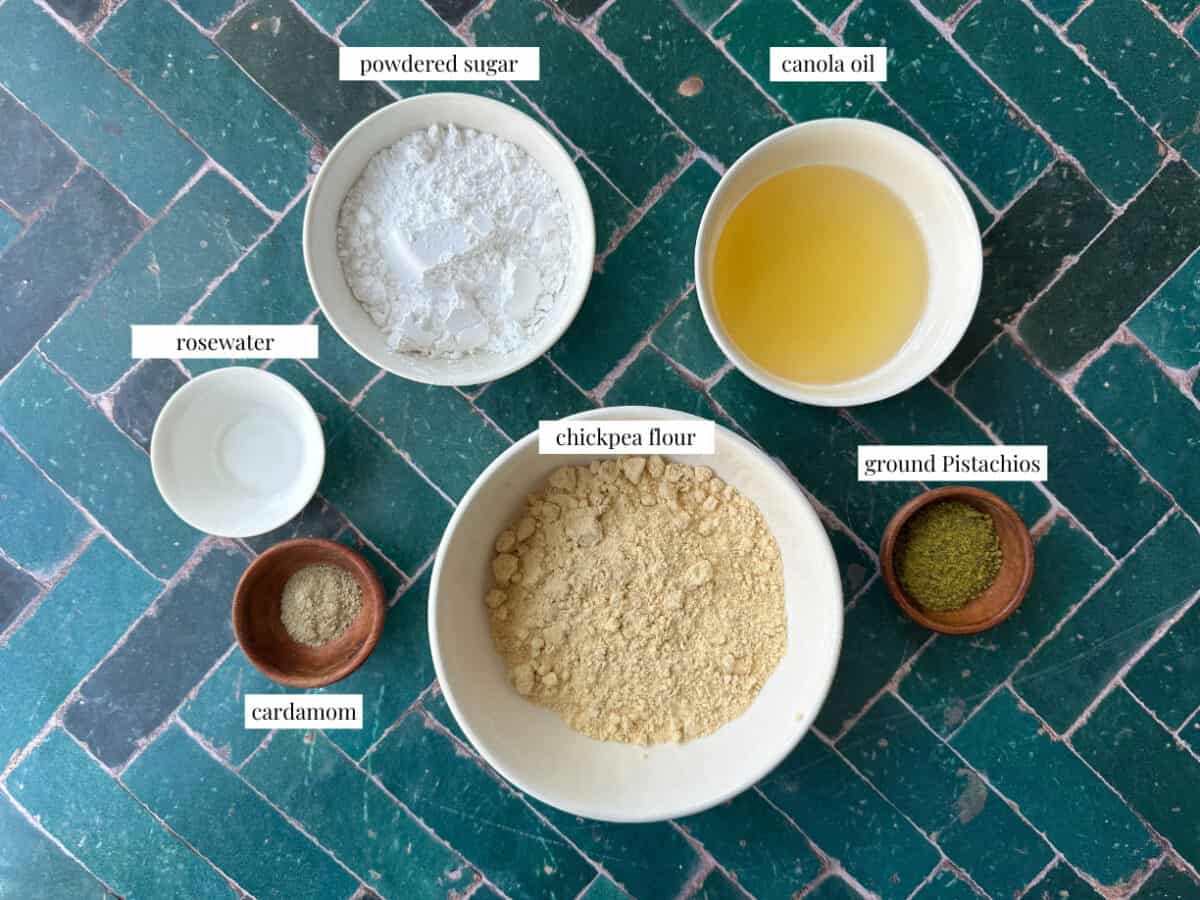
Canola oil: Canola oil keeps the cookies light while maintaining their tender texture. Butter would alter the texture and flavor therefore I don’t recommend it for this recipe.
Cardamom: A signature spice in Persian baking, ground cardamom adds warmth and depth to the cookies. Freshly ground cardamom will provide the most aromatic flavor.
Rosewater: A traditional ingredient in Persian sweets, rosewater adds a floral note that complements the chickpea flour and cardamom. Be careful not to use too much, as it can overpower the cookies.
Ingredient Spotlight: Roasted Chickpea Flour
To make nan-e nokhodchi, you need roasted chickpea flour which is very different from regular chickpea flour in terms of both the flavor and texture. You can usually find roasted chickpea flour online or at Persian shops. I strongly recommend not to use chickpea flour straight from the bag to make these cookies. However, it’s possible to roast chickpea flour at home.
How To Make Roasted Chickpea Flour
Place the chickpea flour in a large pan over medium heat and stir constantly. After about 5 minutes, the flour should start smelling nutty. Keep stirring and make sure the heat is not too high. The flour should be roasted and ready at the 10 minute mark.
How To Make Nan-e Nokhodchi
Step 1: Mix the Ingredients
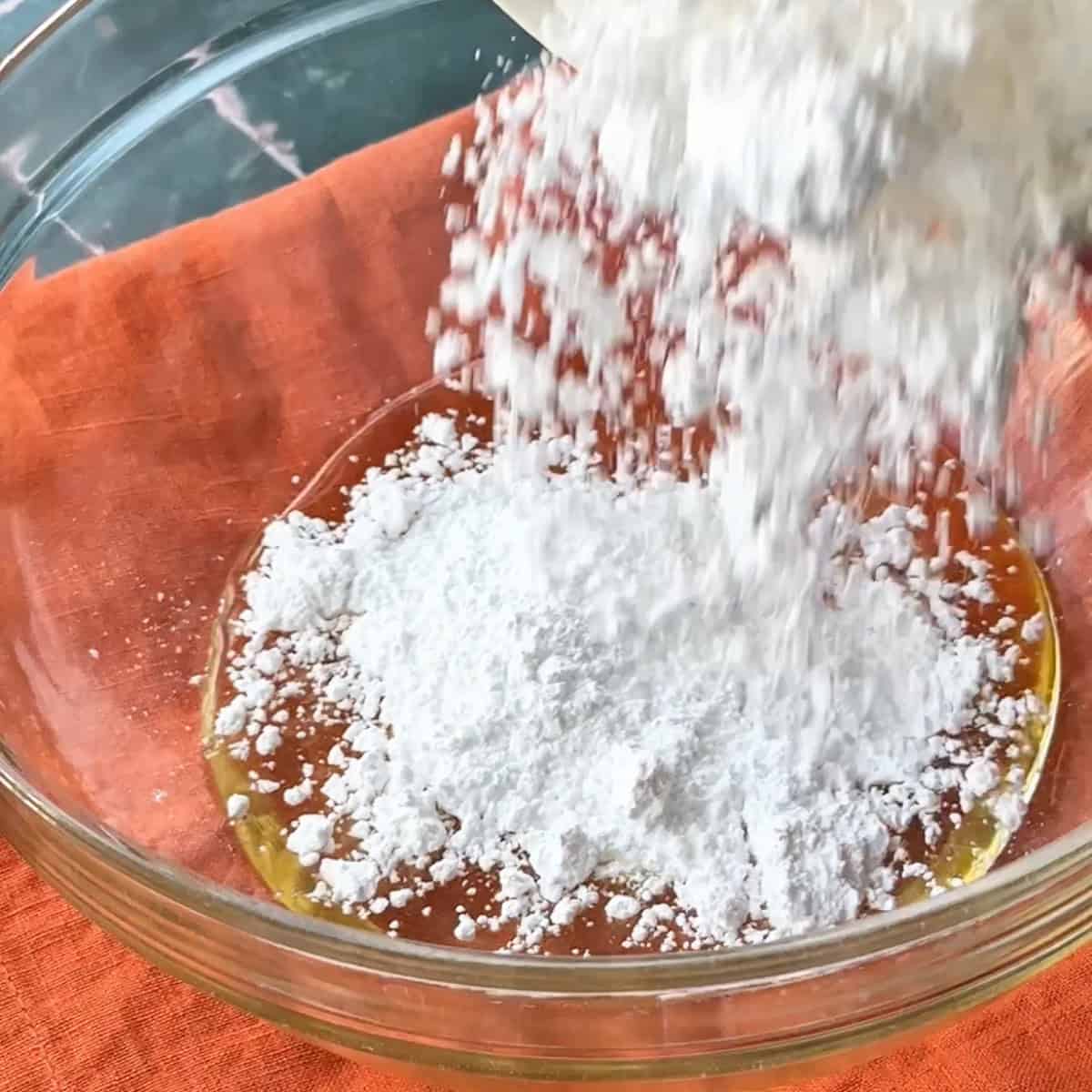
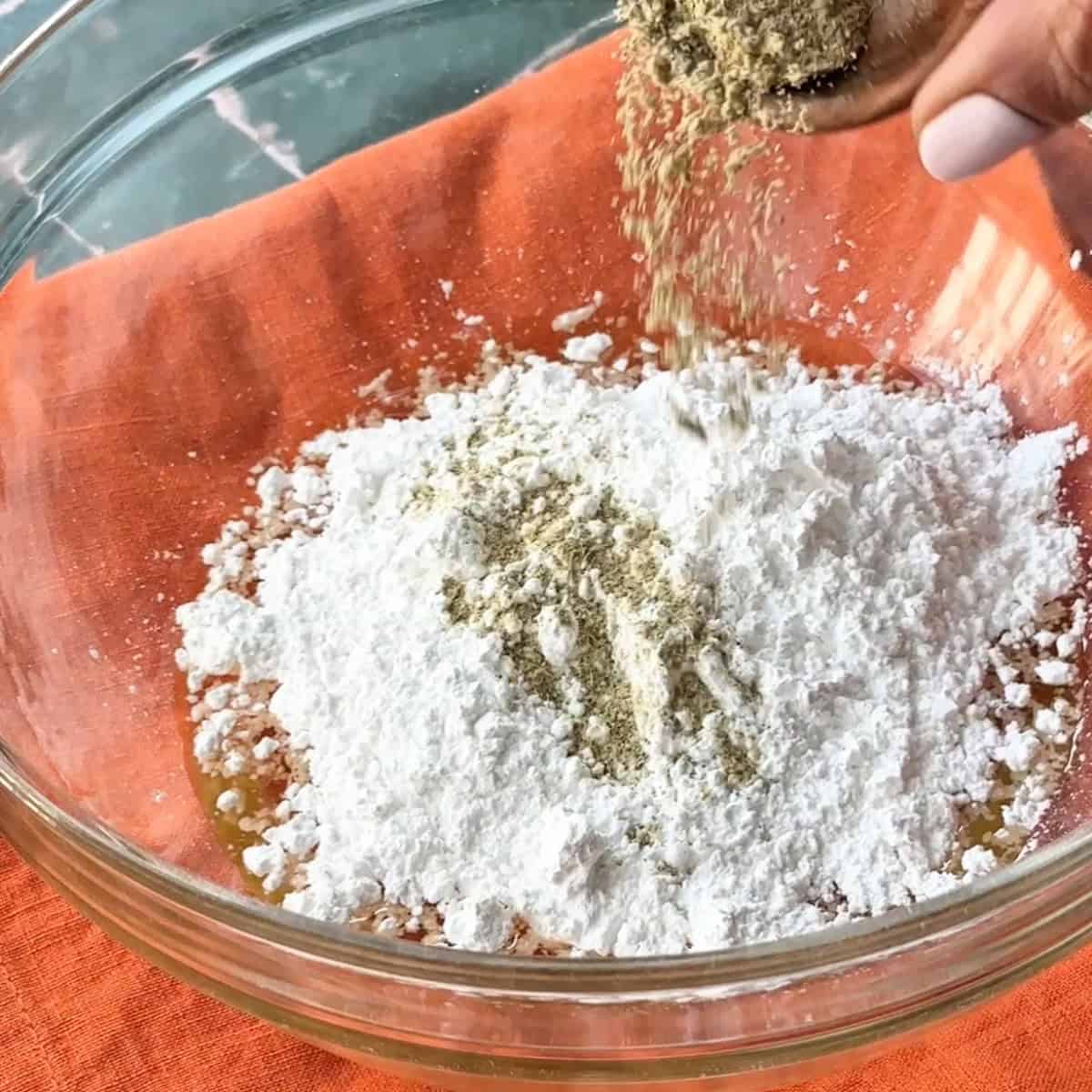

Step 2: Incorporate the Roasted Chickpea Flour
Sift the chickpea flour before adding it to ensure a smooth dough and prevent lumps and mix continuously until a cohesive dough forms. The dough may appear crumbly initially, but as you continue mixing, it will come together.
You can mix the dough with your hands to make sure all is incorporated, but make sure not to knead it much as it would release oil.
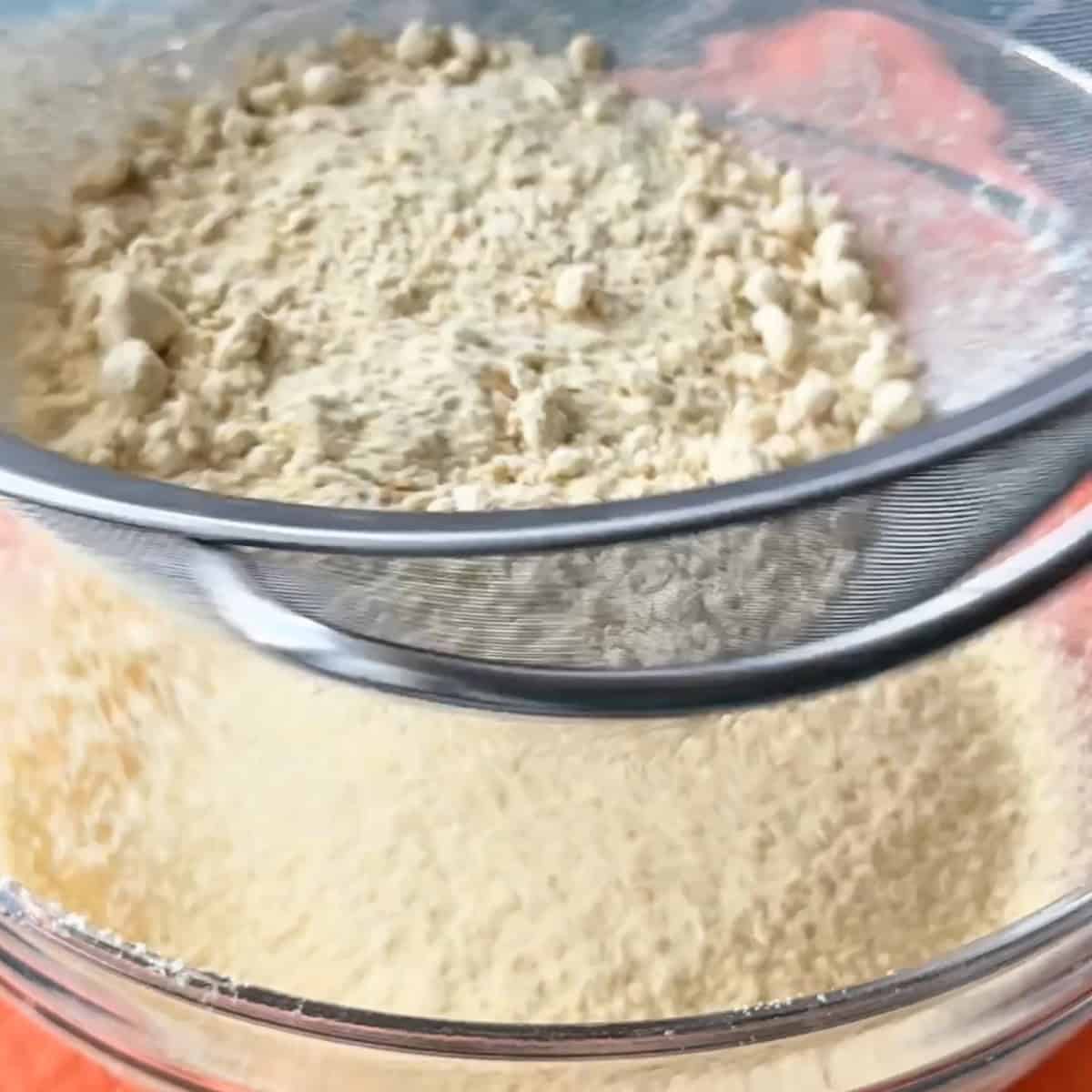
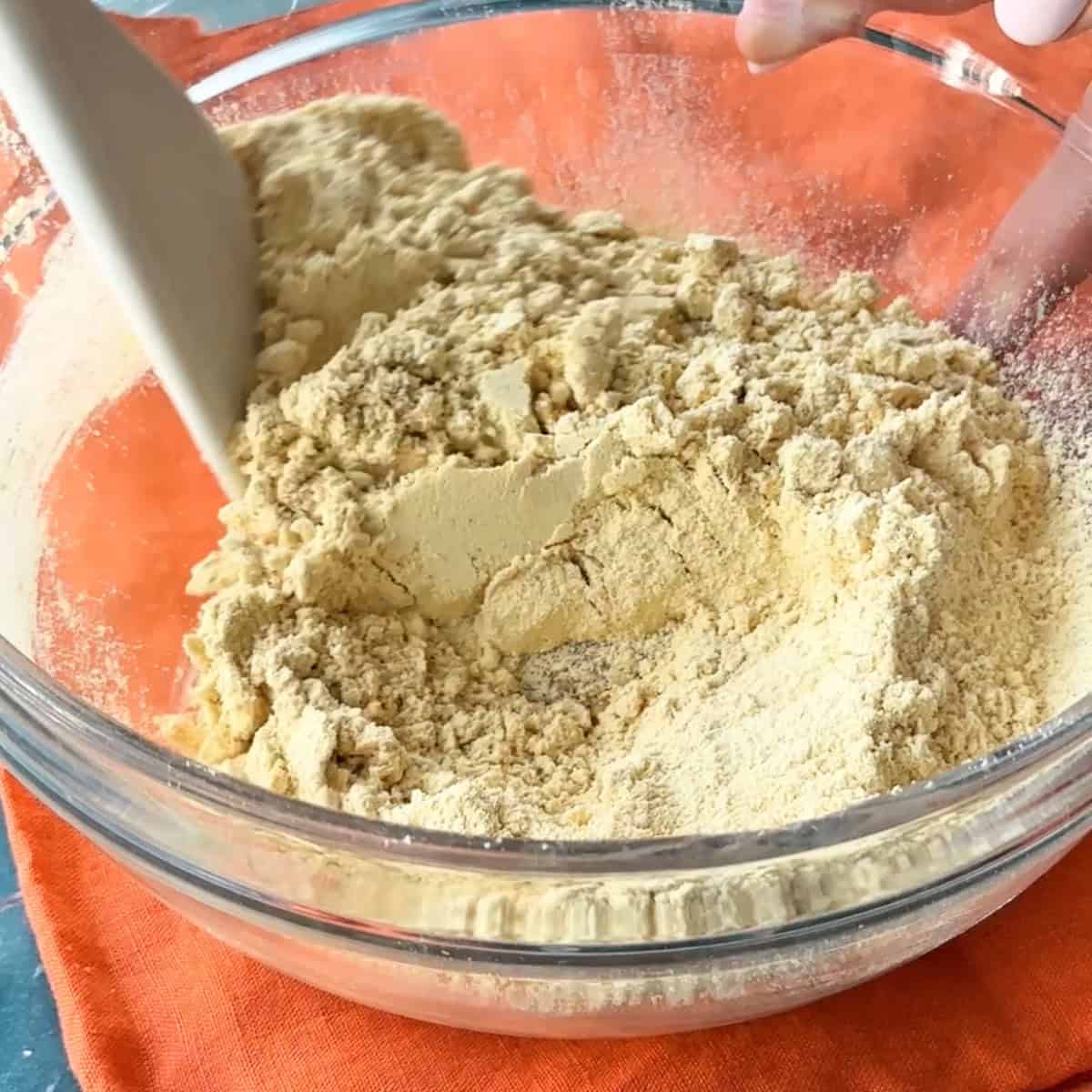
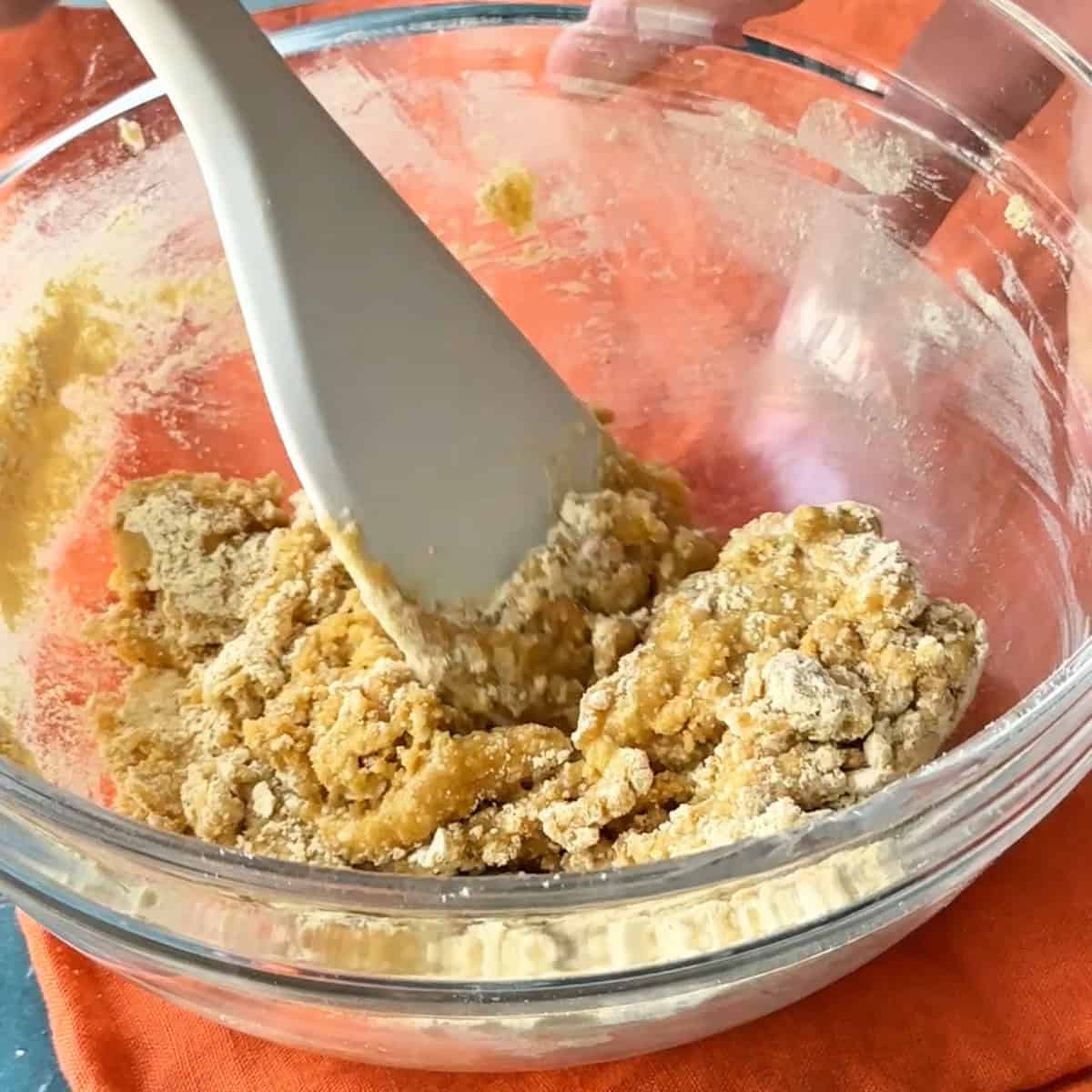
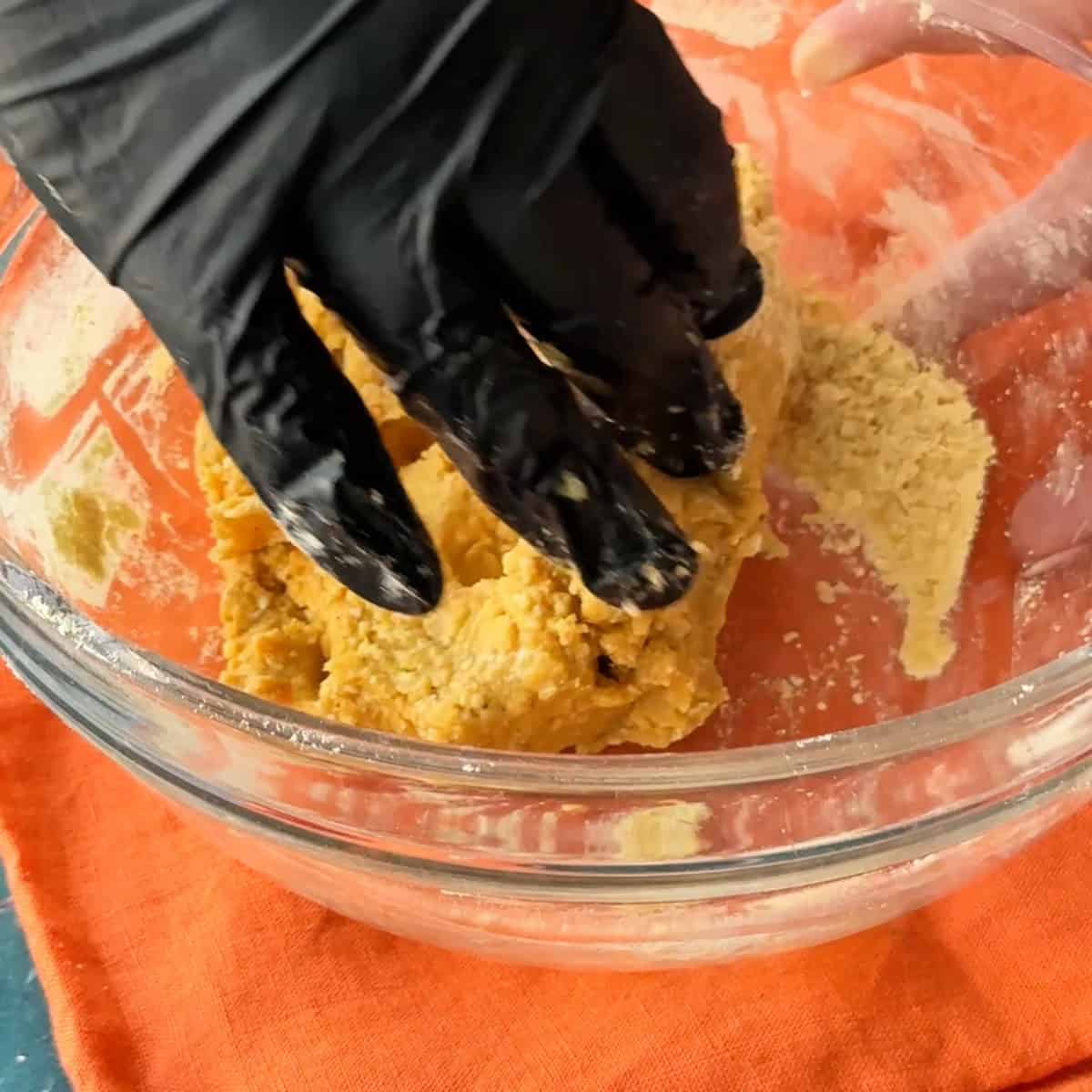
Step 3: Rest the Dough
Transfer the dough onto a clean work surface lined with a plastic wrap. Gently bring the dough together using your hands. Keep in mind the dough is going to be soft. Press the dough with your hands to a flat rectangle shape. Wrap it with plastic wrap and let it rest at room temperature for 4 hours.
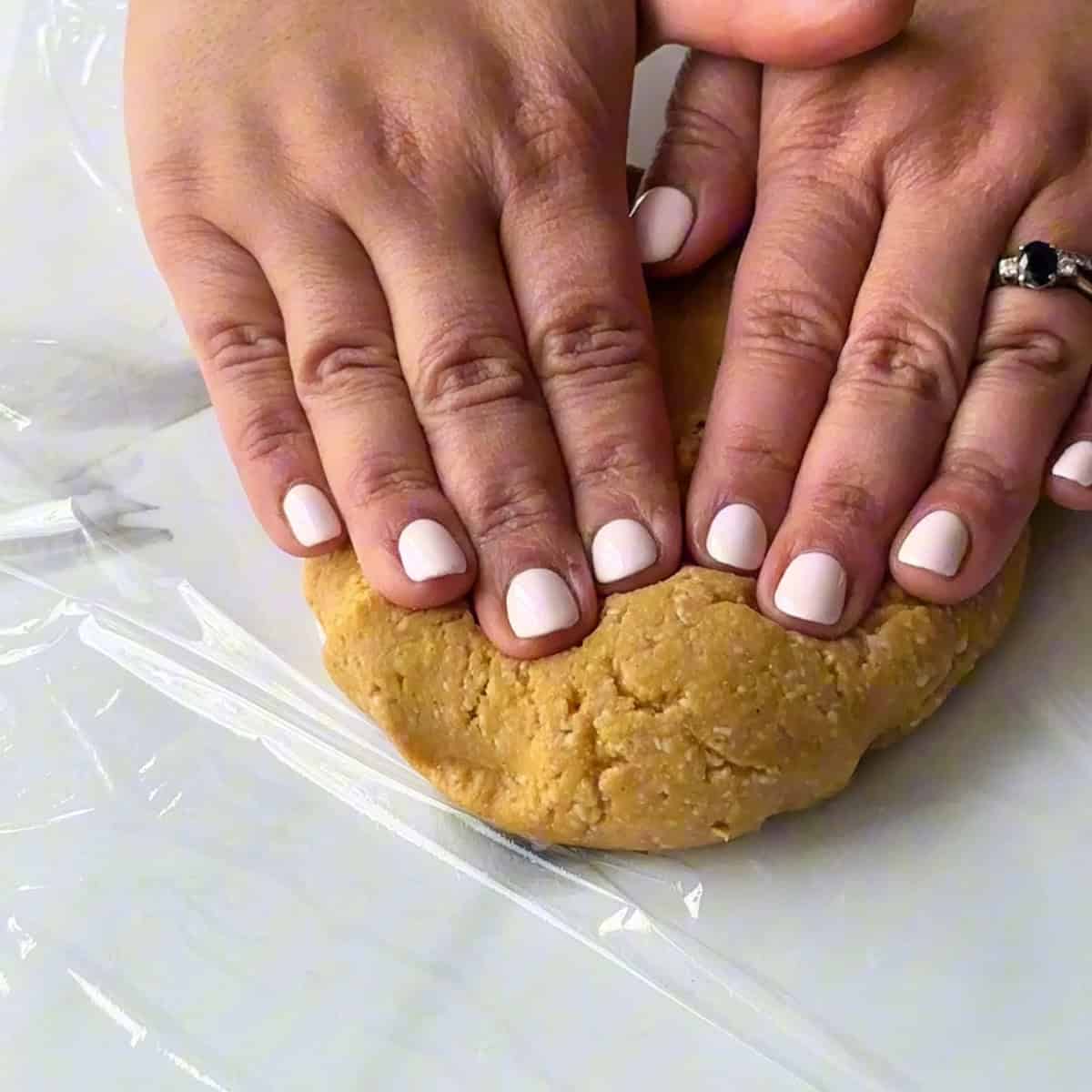
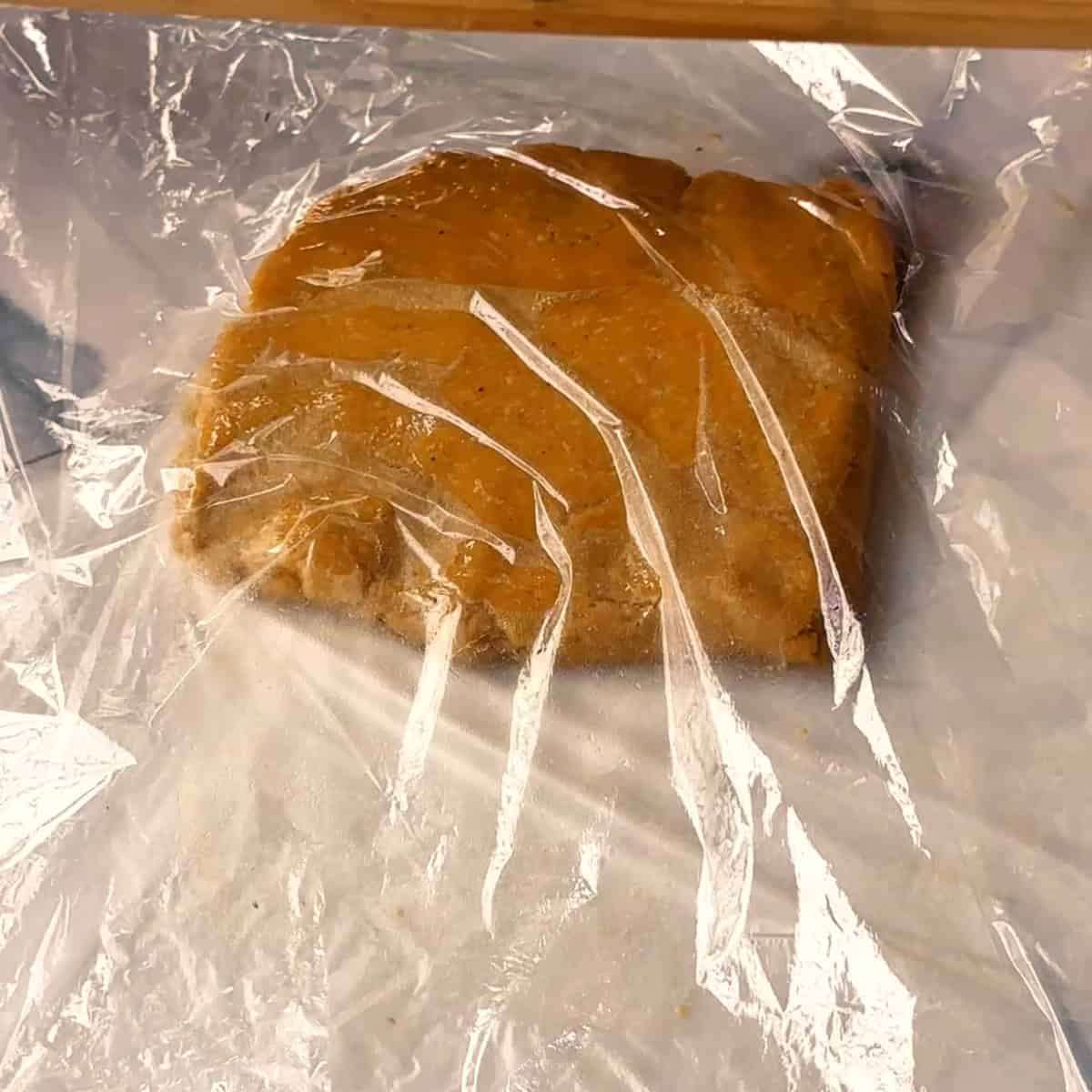
Step 4: Shaping the Cookies
Preheat your oven to 300°F (150°C) and line a baking sheet with parchment paper. Roll the dough between two sheets of plastic wrap to a thickness of about ½ inch, so the dough doesn’t stick to the rolling pin.
Using a small cookie cutter, cut out the cookies and place them on the prepared baking sheet, spacing them about 1 inch apart. Gather any scraps, reroll, and cut additional cookies. Top the cookies with ground pistachios.
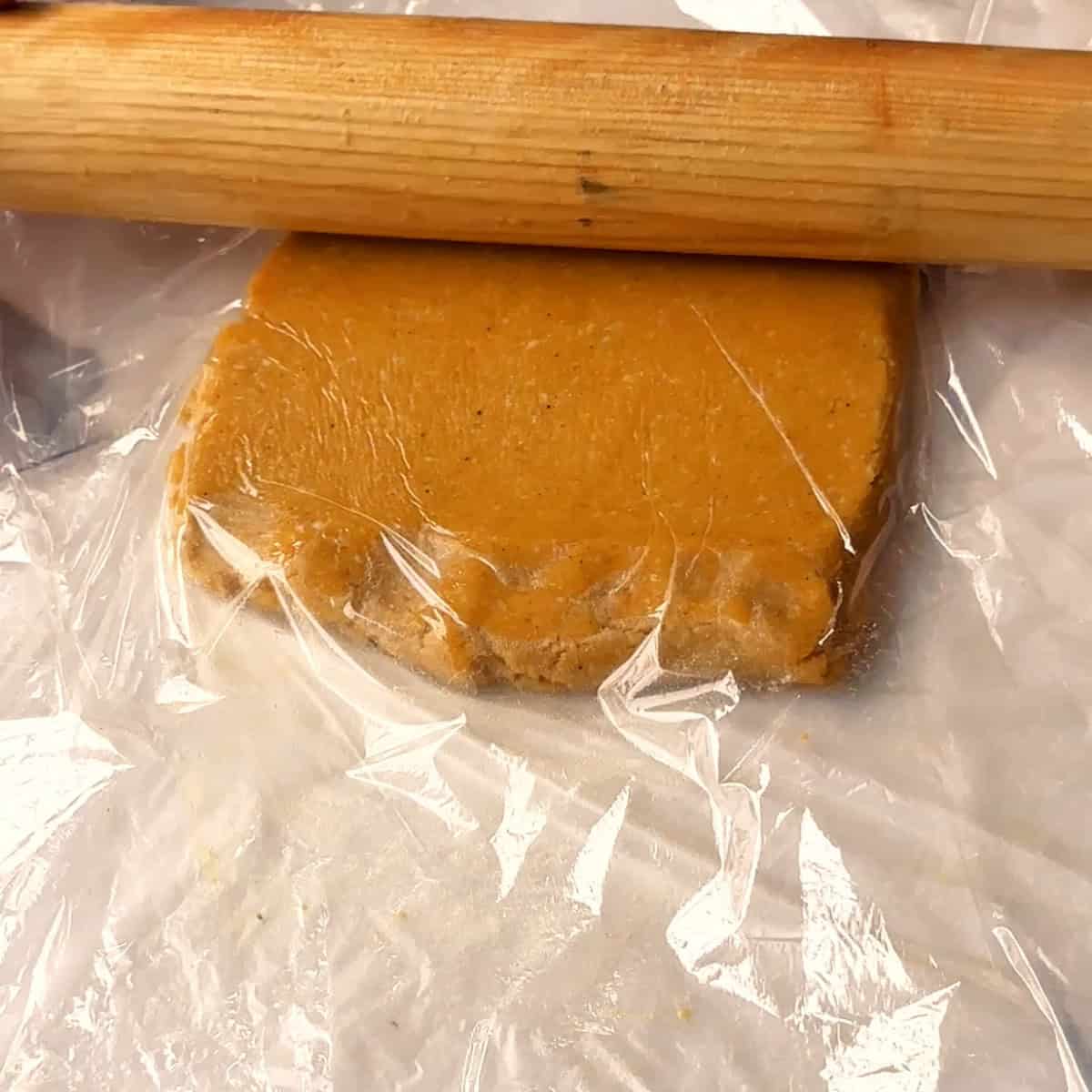
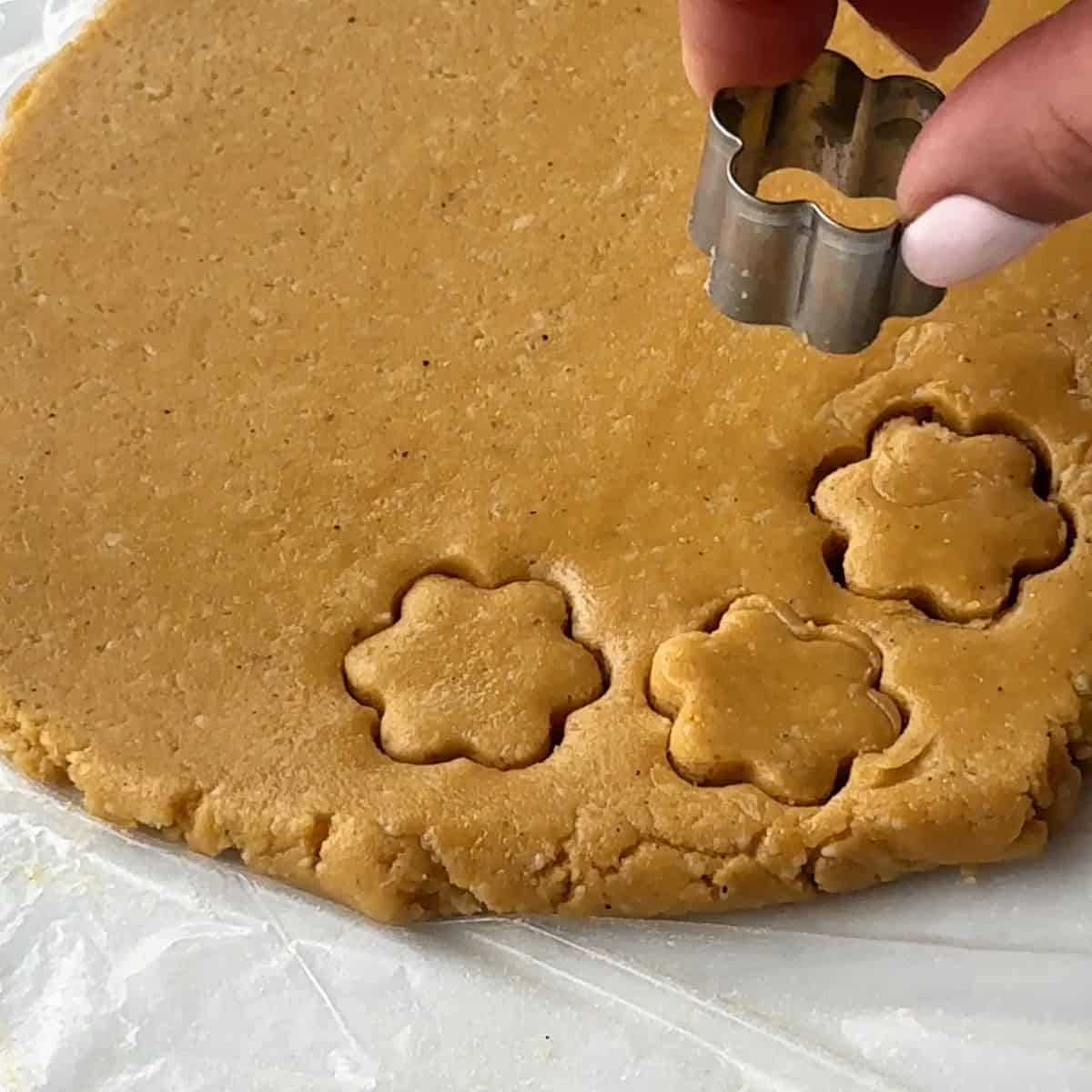
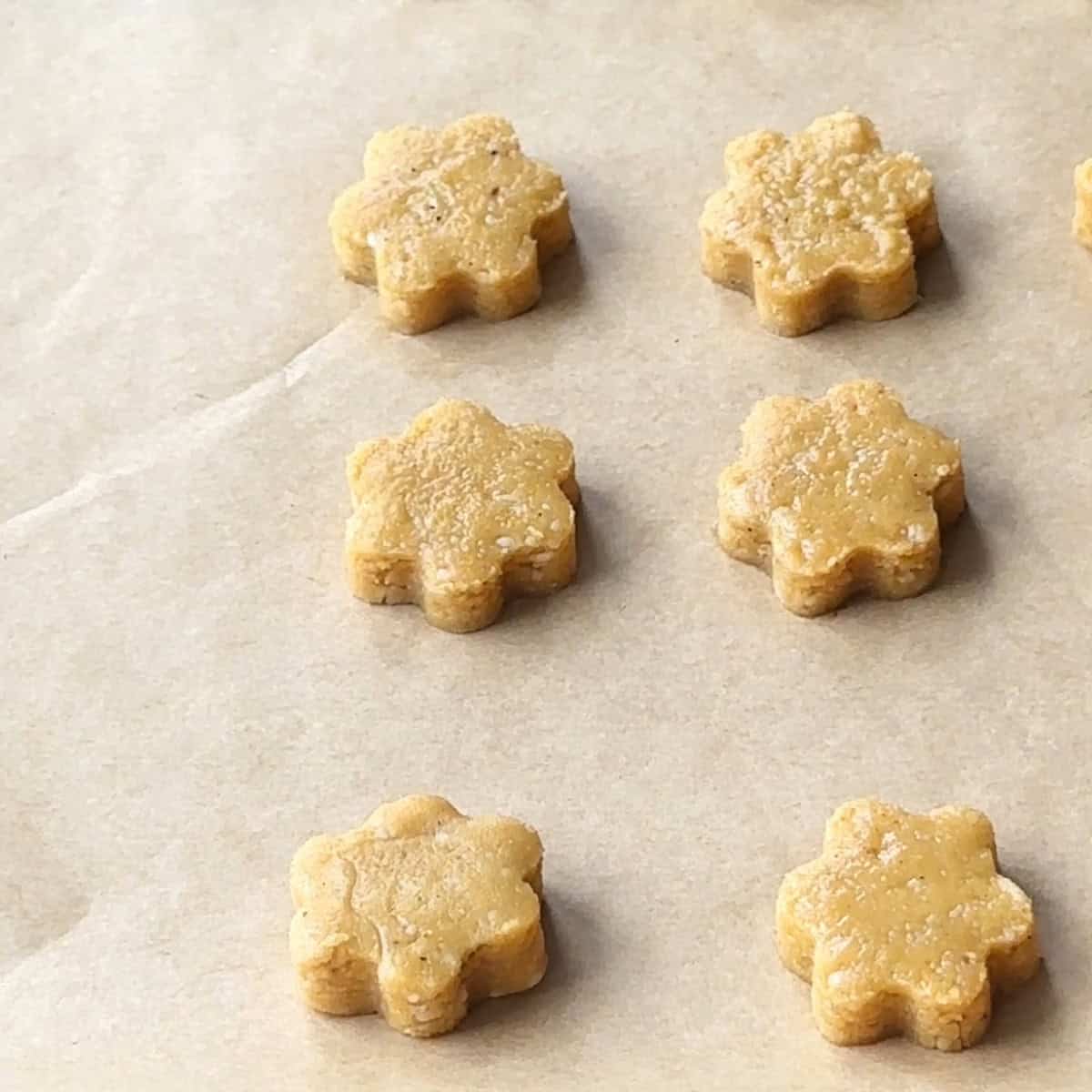
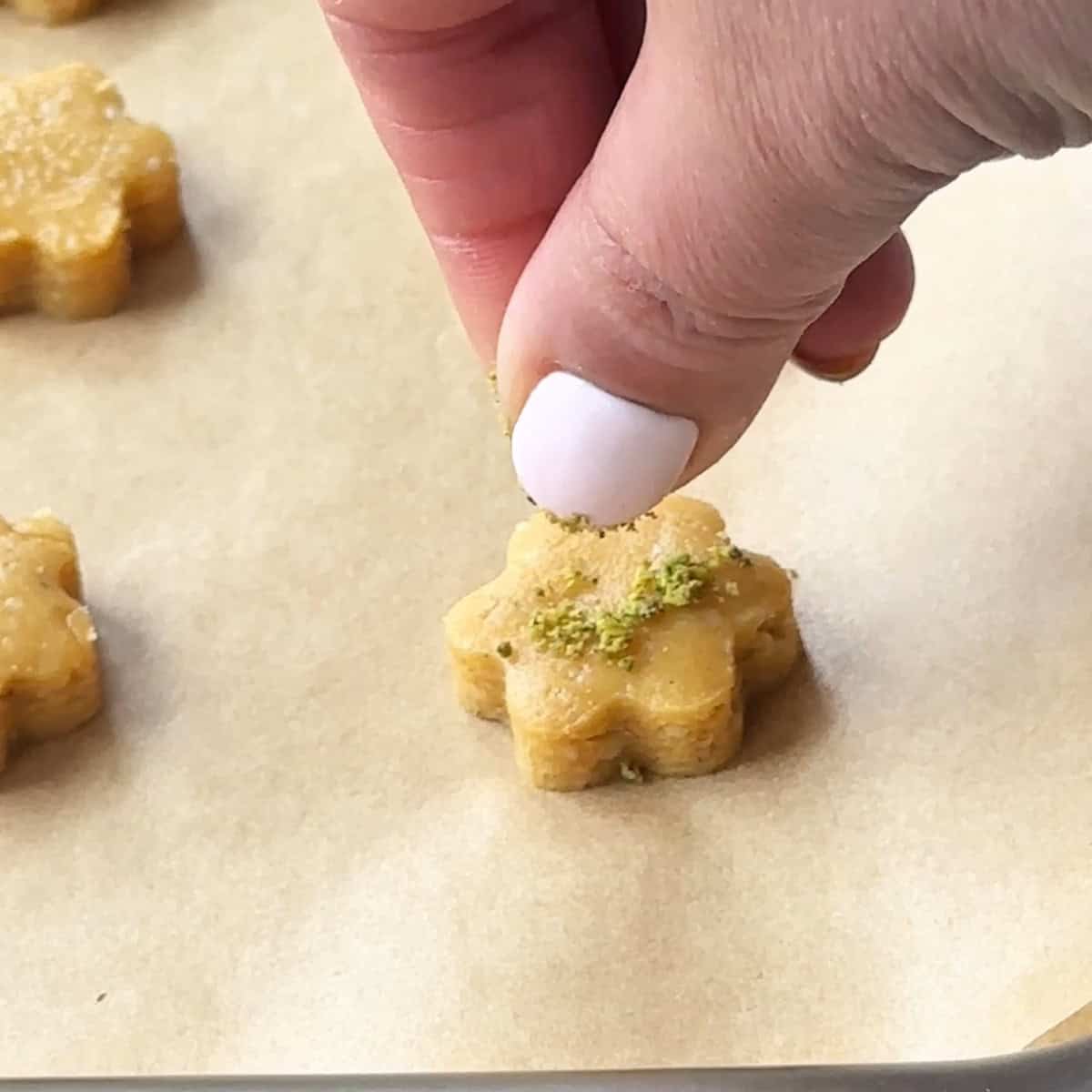
Step 5: Bake
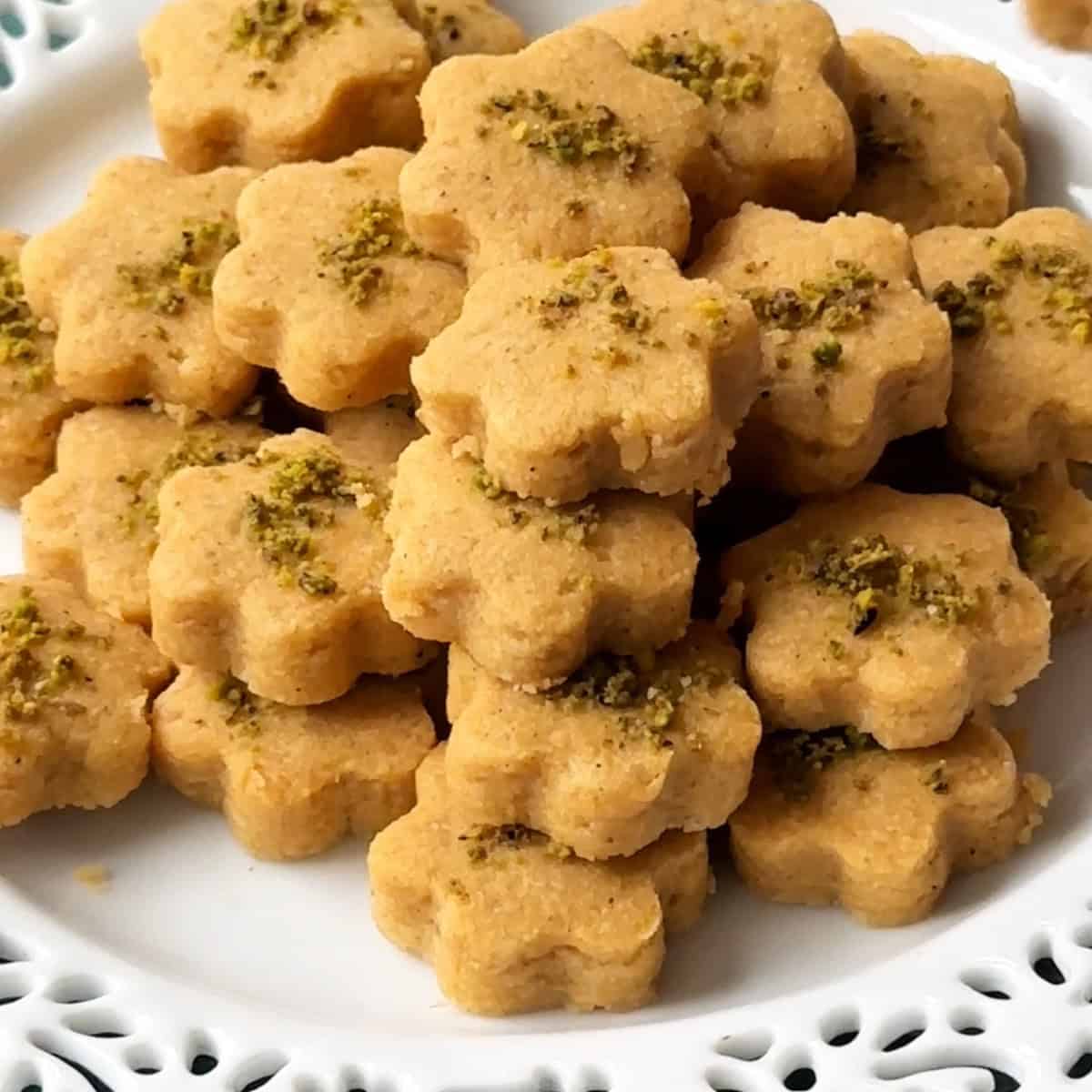
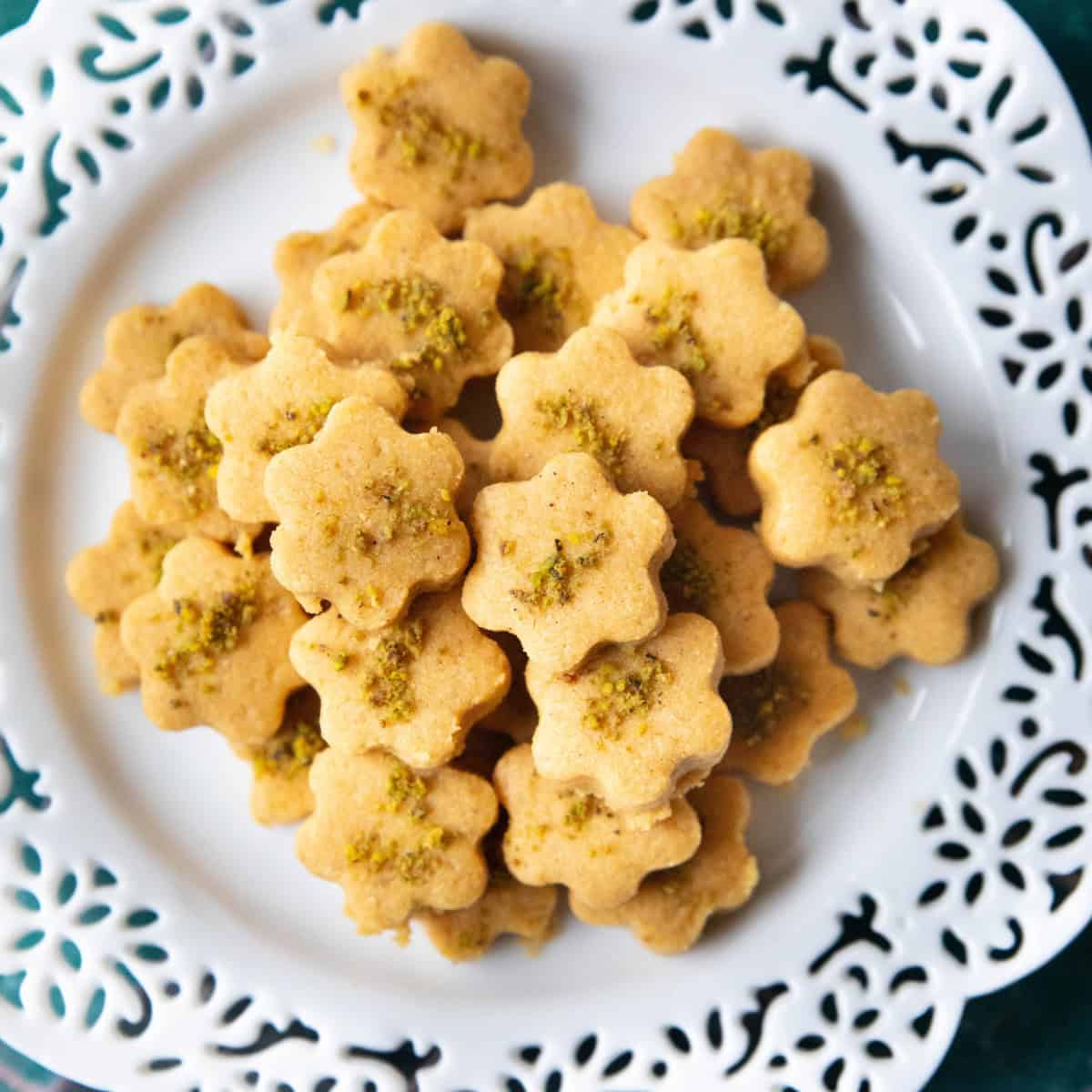
Storage
Store the cooled cookies in an airtight container at room temperature. They can stay fresh for up to two weeks, making them an excellent make-ahead treat for gatherings. You can keep these refrigerated for up to a month.
Frequently Asked Questions
Yes, this recipe is naturally vegan as it uses canola oil instead of butter.
Yes, chickpea flour is gluten-free, making these cookies suitable for those with gluten sensitivities.
Roasted chickpea flour is available in most Middle Eastern markets, or online retailers.
Yes, you can wrap the dough tightly in plastic wrap and freeze it for up to a month. Thaw it in the refrigerator before rolling and baking.
More Persian treats you must try
Persian Recipes
Toot (Persian Marzipan Recipe)
Persian Recipes
Persian Coconut Cookies (Shirini Nargili)
Persian Recipes
Persian Raisin Cookies (Shirini Keshmeshi)
Persian Recipes
Pofaki Gerdooyi (Persian Walnut Cookies)
Did you make this recipe? I’d love to hear about it! Please comment and leave a 5-star🌟 rating below. You can also follow us on Instagram, Facebook, Pinterest or subscribe to our newsletter to get a free e-Cookbook!
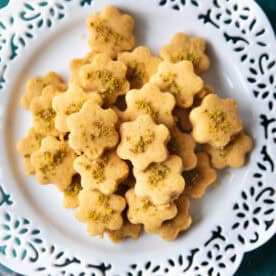
Persian Chickpea Cookies (Nan-e Nokhodchi)
Equipment
Ingredients
- ½ cup Canola oil
- ½ cup Powdered sugar
- ½ teaspoonn Cardamom
- 1 teaspoon Rose water
- 1 ½ cup Roasted chickpea flour
- 1 tbsp Ground Pistachios, optional
Instructions
- Mix the canola oil with powdered sugar, cardamom, and rosewater.
- Add in the chickpea flour and mix to combine.
- Transfer the dough onto a clean work surface lined with a piece of plastic wrap. Gently bring the dough together using your hands.
- Press the dough with your hands to form a flat rectangle. Wrap it in the plastic wrap and let it rest at room temperature for 4 hours.
- Preheat the oven to 300 degrees F and line a baking sheet with parchment paper.
- Roll the dough between two sheets of plastic wrap to a thickness of about ½ inch, so the dough doesn't stick. Then, cut out the cookies using a small cookie cutter. Using a butter knife, lift the cookies and place them on the baking sheet.
- Bake at 300 degrees F for 15 minutes. Let them cool completely before moving them to the serving plate.
Video
Notes
- Make sure you are using roasted chickpea flour and not regular chickpea flour. If buying it from a Persian shop, ask the owner if the chickpea flour is suitable for nan-e nokhodchi.
- If you can only find regular chickpea flour, you can roast it yourself. Place the chickpea flour in a large pan over medium heat and stir constantly. After 5 minutes, the flour should start smelling nutty. Keep stirring for 5 more minutes and it should be ready. Make sure there isn’t much color change and the heat isn’t too high. Let it cool completely and then use it to make the cookies.
- I’m careful not to overbake these cookies because that’s what keeps them soft and melt-in-your-mouth. I take them out of the oven as soon as they’re set, making sure they don’t brown.
- Be sure to follow the recipe exactly as written, as the dough is delicate and requires careful handling. Adjusting the method or ingredients may affect the texture and make it difficult to work with.
Nutrition
Nutrition information is automatically calculated, so should only be used as an approximation.

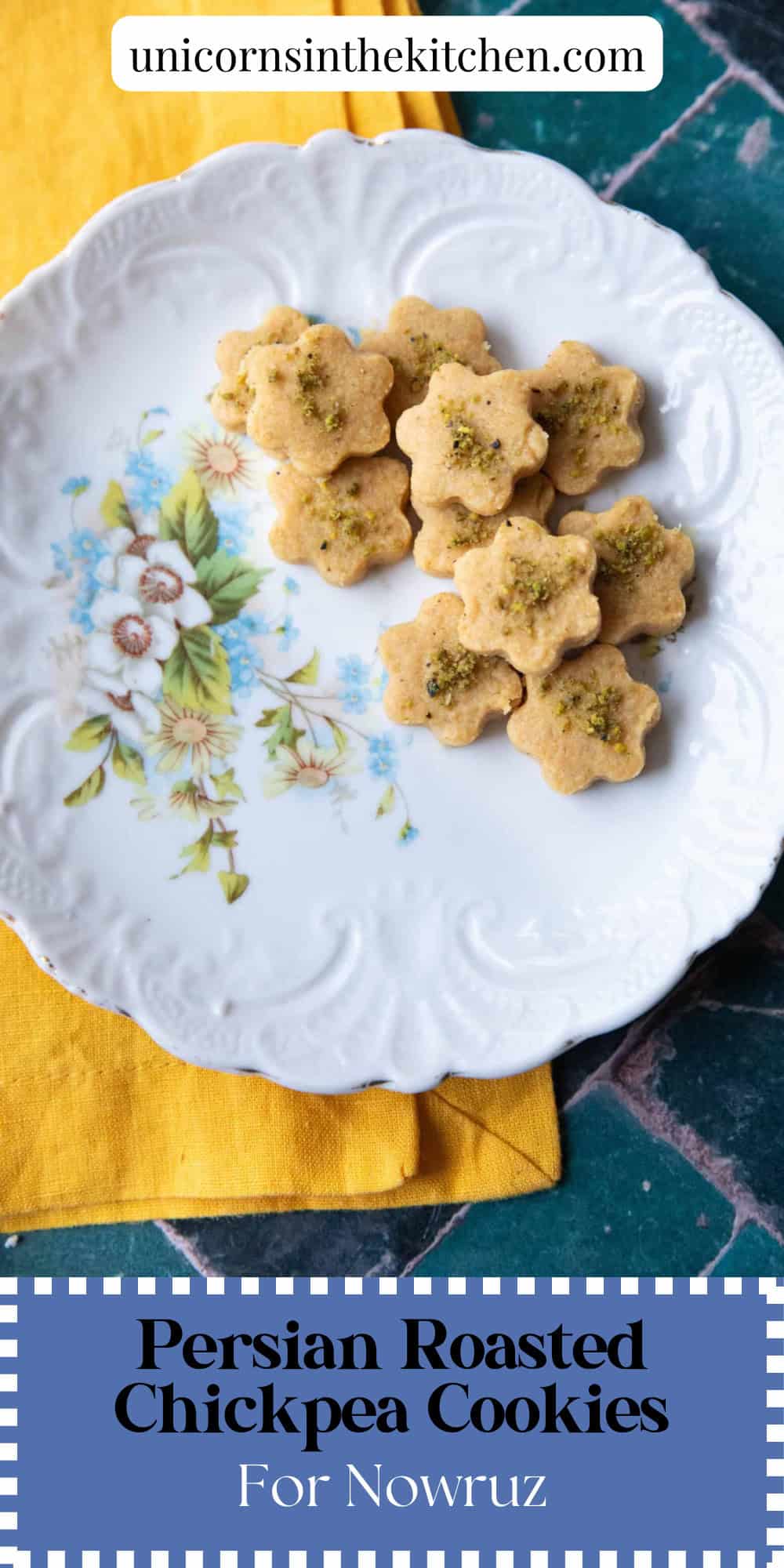
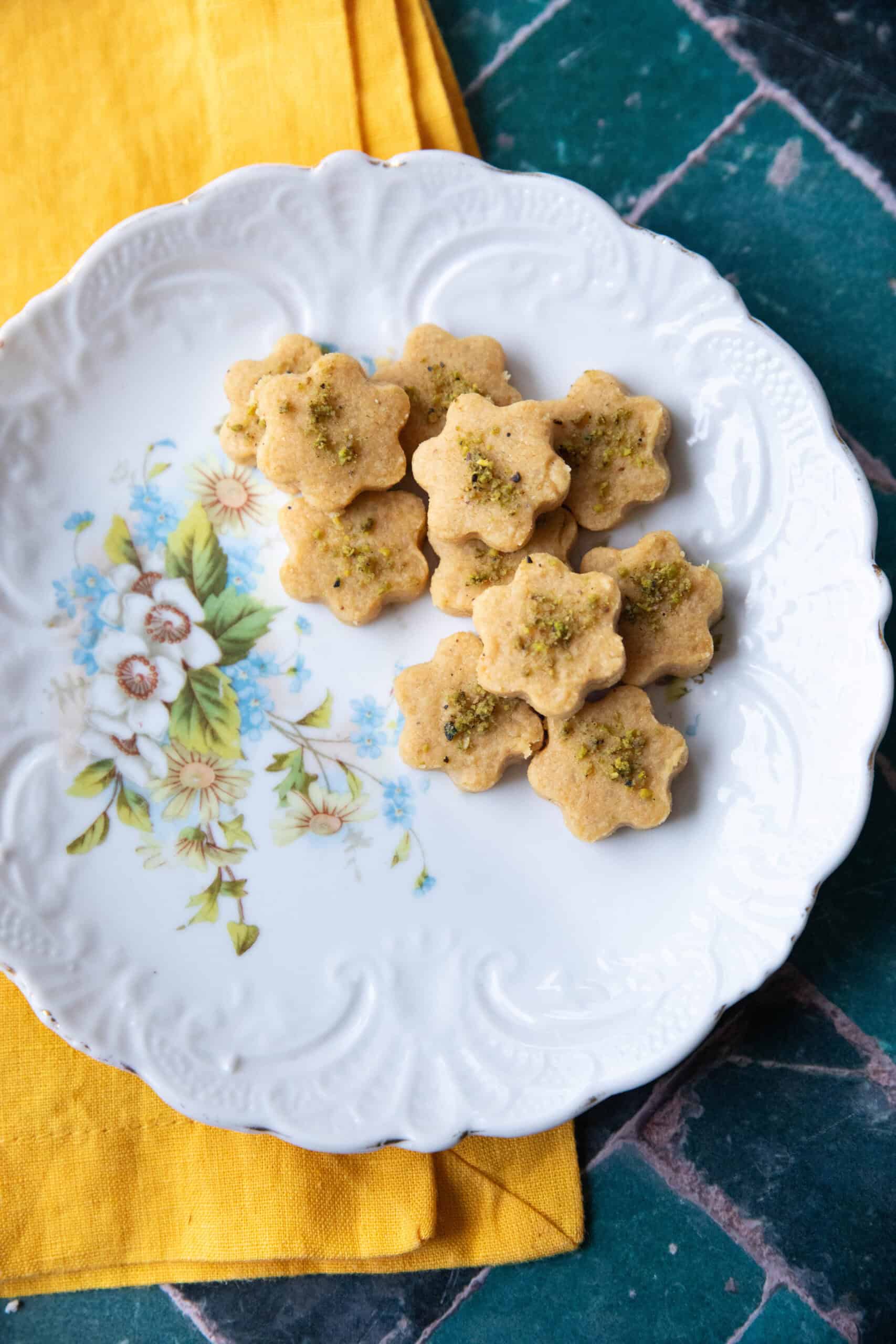


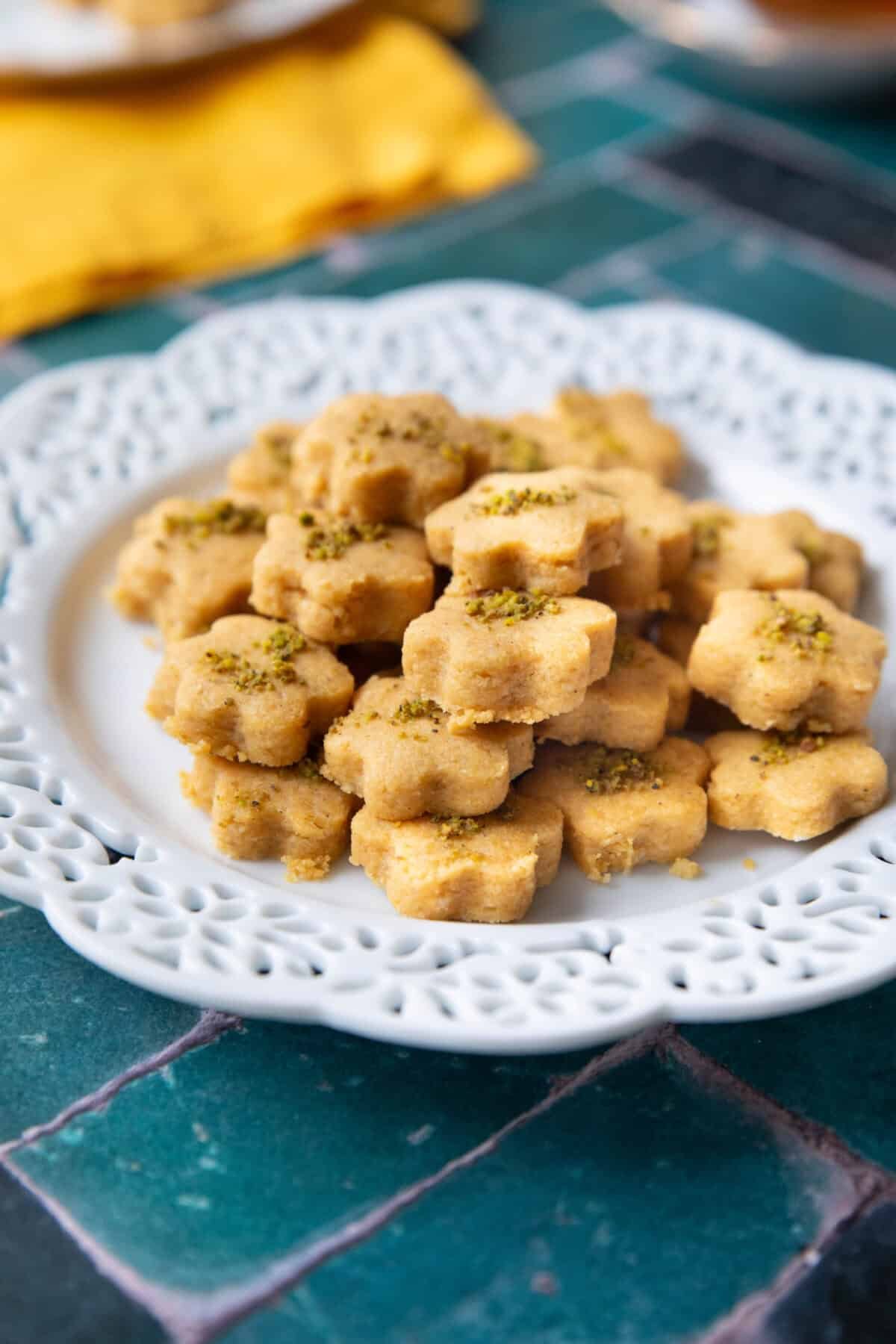
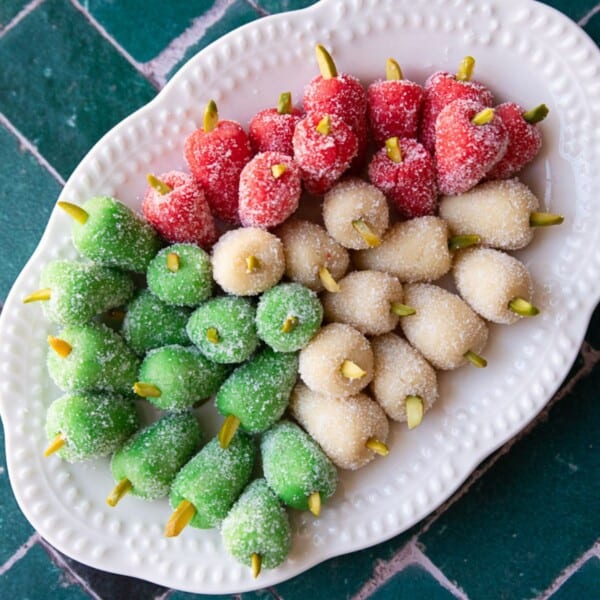
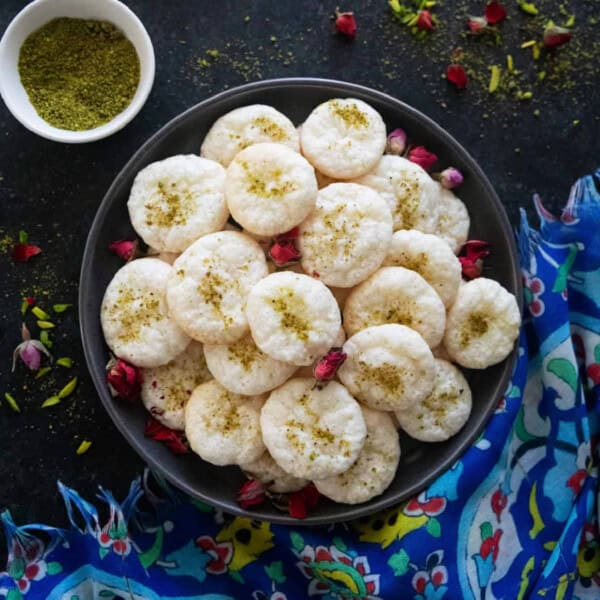











Thank you so much! I followed your recipe step by step and it was so easy to make. 😄❤️
Hope your nowruz will be joyful and amazing!
Glad to know you like this recipe!